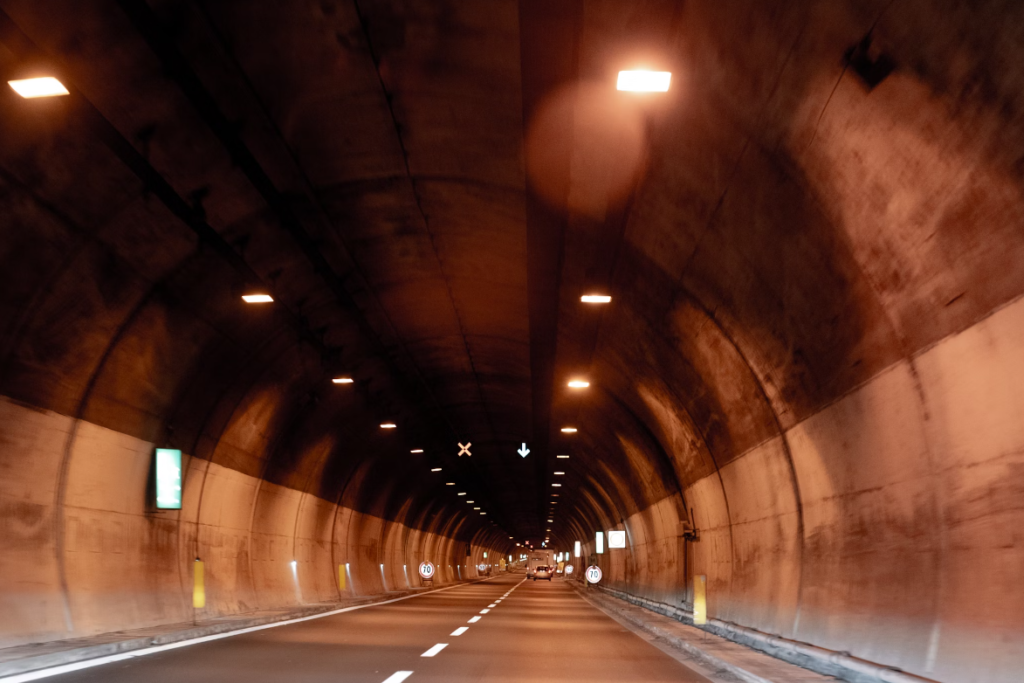Aging tunnels in America, coupled with the country’s continued growth, have created an extremely high demand for attention. The imminent repair and replacement will result in significant growth in the tunnel construction market in North America over the next several years.
Thousands of tunnels are in dire need of attention because every state has hundreds, and most of them are quite old. Yet the tunnels facilitate the movement of automobiles, trains and pedestrians seven days a week and are essential to the country’s economy. Tunnels represent some of the most ambitious infrastructure projects ever completed in the past, and the repair and replacement projects that are launching now are expected to be even more ambitious, complex, and expensive. The Gateway Hudson River Tunnel Project in New York, with a projected cost of $11 billion, will be supported by federal funding. Most other tunnel projects will also have some amount of federal funding represented.
The Massachusetts Water Resources Authority (MWRA) will construct two water supply tunnels to provide complete redundancy for the existing water tunnel system that is over 50 years old. The current system provides water for more than 40 eastern Massachusetts communities, and now the objective will be for the existing system to be inspected and rehabilitated without interrupting service. The total cost of this effort has not been announced, but $1.8 billion has been allocated to the project in the state’s 2024 Capital Improvement Program Budget.
The two new water supply tunnels will be 200 to 500 feet underground and lined with concrete. New piping will connect them to the existing water system. Once the tunnels are operational, components of the old tunnels can be inspected, repaired or replaced where necessary. Eventually, portions of the combined redundant tunnel system can be activated or deactivated as needed for maintenance and repair without causing major water service disruptions.
After receiving over $55 million from the U.S. Department of Transportation, state officials in New York will move forward on a Kensington Expressway Tunnel Project. The $922 million plan calls for designing and constructing a landscaped tunnel that will span about a mile of the Kensington Expressway on Route 33 in Buffalo. The future six-lane tunnel will be topped with a reinforced concrete surface covered with 3 feet of soil to accommodate the growth of foliage and trees. Because the project is currently in an environmental review process, construction is planned for 2025.
In Cleveland, an initiative of high importance focuses on large-scale storage tunnels and treatment plant enhancements to reduce pollution in Lake Erie. One large-scale project
will require building what will be called the Big Creek Storage Tunnel (BCT). With a total project cost of $260 million, the effort is designed to reduce CSO volumes discharged into the local brook by approximately 280 million gallons annually.
The Big Creek Storage Tunnel will be 20 feet in diameter and 22,440 feet long. Its objective will be to control combined sewer overflow pollution across the Big Creek, Spring Creek and Rocky River areas. The project should relieve overloaded pipes and prevent stormwater from entering the combined sewage system by reducing overflows. That will help end the area’s problematic sewer backups and flooding. Estimated at $215 million, the project is beginning the design process.
A Southern California rail tunnel project represents a significant step in regional transportation. The plan is to construct a train tunnel within the busy San Diego-Los Angeles–San Luis Obispo corridor. Estimated to cost between $3 billion and $4 billion, the project will address critical issues like preventing bluff erosion along the current tracks and enhancing safety and efficiency. Plans outline engineering challenges such as stabilizing areas with century-old wooden trestles and designing the tunnel to mitigate noise and vibration issues, which are significant given the region’s hilly terrain. Approximately 50 trains operate in the San Diego region of the LOSSAN corridor, and the tunnel is integral for national defense because it provides direct rail access to several key military bases.

Photo by laura adai on Unsplash
The Allegheny County Sanitary Authority is advancing a $2.8 billion system improvement program under a consent decree with the Environmental Protection Agency (EPA) to address combined sewer overflows in Pittsburgh. This initiative will require building tunnel segments along three rivers to store and treat overflows. In addition to the tunnels, the project will include developing an interceptor and consolidation of sewers, a dewatering pump station and other enhancements to the treatment plant.
The tunnel project will be engineered to capture and transport combined sewage to a new wet weather pump station during heavy rainfall, where it will undergo treatment at a wastewater treatment plant. This will minimize overflows by an expected 7 billion gallons. Procurement for the design-bid-build contract is expected in 2024. This project, just one of the ongoing initiatives, is estimated to cost $136 million. Another planned tunnel project along the Monongahela River carries a cost projection of $152 million. It, however, has not entered the design phase.
Another large tunnel project in Lynchburg, Virginia, is part of an initiative to modernize and enhance the city’s mid-19th-century water infrastructure. This ambitious project, the largest in the city’s history, will deliver a tunnel approximately 4,700 feet long and 12 feet in diameter, located about 80 feet below ground. It will extend from a combined sewer
overflow site along Blackwater Creek to a new pump station. The primary goal will be to significantly reduce sewage overflow into Blackwater Creek and the James River, thereby improving water quality. A cost of approximately $100 million has been projected, and that funding will come from a mix of federal, state and local revenue. It is currently in the design phase and is slated for construction in spring 2024.
These large projects will require all types of construction, engineering, and technology expertise. And America’s tunnel infrastructure reform will continue to create high demand for companies with equipment and expertise related to tunnels in all 50 states.
About the Author:

As President and CEO of Strategic Partnerships, Inc., Mary Scott Nabers has decades of experience working in the public-private sector. A well-recognized expert in the P3 and government contracting fields, she is often asked to share her industry insights with top publications and through professional speaking engagements.
Tags: City Planning, Civil Engineering, Construction Technology, Economic Development, Economic Growth, Engineering, Environmental Sustainability, Government Market News, Infrastructure, Infrastructure Investment, Innovation, Mary Scot Nabers, Project Management, Public Projects, Public Transport, SPI, Strategic Partnerships, Strategic Partnerships Inc., Sustainable Infrastructure, transportation, Tunnel Construction, urban development, Urban Planning






 RSS Feed
RSS Feed